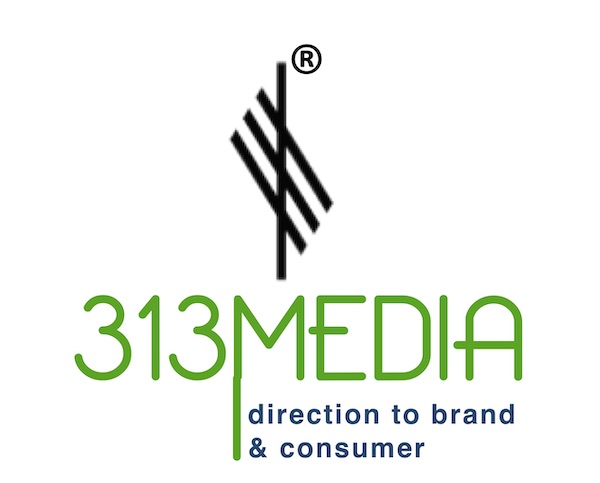
FAST & Freemium: Why more & more advertisers are streaming towards Connected TV
Posted on 24th Mar 2023
These platforms, say experts, provide access to massive amounts of user data, enabling precise targeting and cost-effective advertising campaigns
Published: Mar 24, 2023 8:27 AM | 4 MIN READ

Even the most traditional advertisers are now dipping their toes into streaming, while more adventurous brands are already making a splash. And with the introduction of subscriptions with ads on streaming platforms like Netflix, Disney Plus, as well as Jio’s push towards freemium TV, the Connected Television (CTV) landscape is evolving with each new login and the following reams of data, and terms like FAST and Freemium are creating more buzz than an old cable TV’s antenna.
Swati Kardak, Group Account Manager, Media Planning & Buying, SoCheers, believes that with IPL in their kitty and now rolling out of freemium TV, Jio has already got the ball rolling for them. “This is a big boon for advertisers and brands as FAST (Free, ad-supported TV), will open up opportunities for advertisers to widen their addressable audience size. It will also work as a magnet to attract more audiences to the streaming platform and ensure a long-term client relationship.”
Meanwhile, “As subscription plans with ads are introduced, advertisers and brands have a unique opportunity to reach a large and engaged audience. These platforms provide access to massive amounts of user data, enabling precise targeting and cost-effective advertising campaigns,” says Keerthi R Kumar, Business Head-South, FoxyMoron.
According to the recently launched Gateway to Open Internet report, published by The Trade Desk and Kantar, 33% of consumers perceive ads on OTT/CTV as more premium than those on YouTube and other user-generated content platforms, making CTV/OTT a particularly attractive avenue for brands.
Additionally, 44% of consumers expect to significantly increase their usage of CTV/OTT in the next six months. The surge in popularity of Connected TVs also allows advertisers to reach a subset population of cord-cutters that they cannot reach on linear TV.
Tejinder Gill, General Manager, The Trade Desk, says that to capitalize on this fast-growing ad opportunity on OTT, brands will need to invest in data-driven advertising tools on platforms like The Trade Desk to help them to more effectively target and engage consumers across the multiple OTT platforms that consumers engage with today.
In Kardak’s opinion, Freemium will bring about a major cord-cutting change and a huge shift towards Freemium is most likely going to come from the traditional TV audience as they will be able to avail entertainment for free. “Therefore, brands and advertisers will have to be very mindful about picking the right content on FAST for their ad placement. In comparison, the audience on FAST is likely to be more massy, so, brands who have products or services catering to a larger audience should look at partnering with them,” she says.
The abundance of content and vast user base on platforms like Netflix and Disney Plus provide advertisers with the opportunity to target affluent audiences. With the introduction of ad-supported tiers, advertisers can leverage high-quality content to reach their desired target audience.
“AVOD and Freemium models offer precision targeting, real-time optimization, and measurement, leading to a shift in advertising budgets from traditional TV to OTT. As competition increases, advertisers must understand each platform's audience, engagement patterns, and results to make informed decisions that align with their business objectives,” says Kardak.
Vikas Mangla, Founder, Digital ROI, points out that by parsing through the consumer data available through viewership on these platforms, advertisers can develop new ad formats that engage viewers and do not disrupt their viewing experience. “Interactive ads, sponsored content, and native advertising are some of the ad formats that can help advertisers achieve this. For instance, Voot offers non-intrusive ad formats like sponsored content and integrated ads that blend seamlessly with the content,” he says.
Advertisers and publishers also need to analyze the collectible data to gain insights into their audience's behavior and preferences. This can help them optimize their ad campaigns, improve their targeting, and measure their ad campaign's effectiveness.
“For example, MX Player uses data analytics to track viewer behavior and preferences to create personalized recommendations for each viewer. Advertisers can also use data analytics to track ad performance and optimize their campaigns accordingly,” says Mangla, adding that publishers can leverage the popularity of streaming TV by creating content that resonates with their audience.
That being said, as Gill points out, “Another important consideration is frequency capping which is important to ensure consumers are not seeing the same ad multiple times across the different OTT platforms that they are engaging with. This is where programmatic media buying platforms offer value in helping brands preserve a positive ad experience.”
In conclusion, experts agree that the Indian market presents a significant opportunity for advertisers and publishers to reach a large and engaged audience base through FAST and Freemium. By adopting a data-driven approach, using new ad formats, programmatic advertising, data analytics, and content marketing, they can create more effective ad campaigns, engage viewers, and increase their revenue.